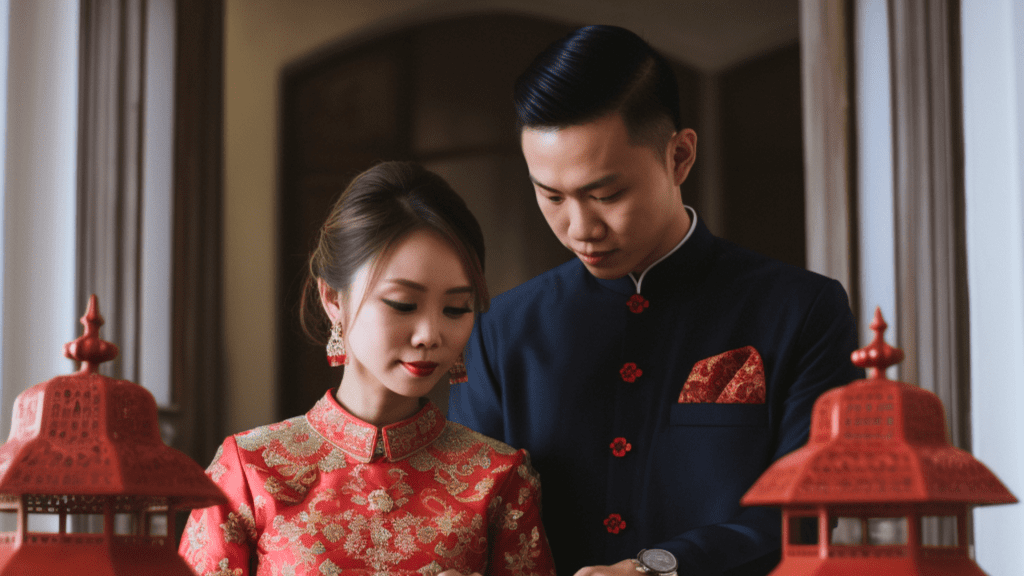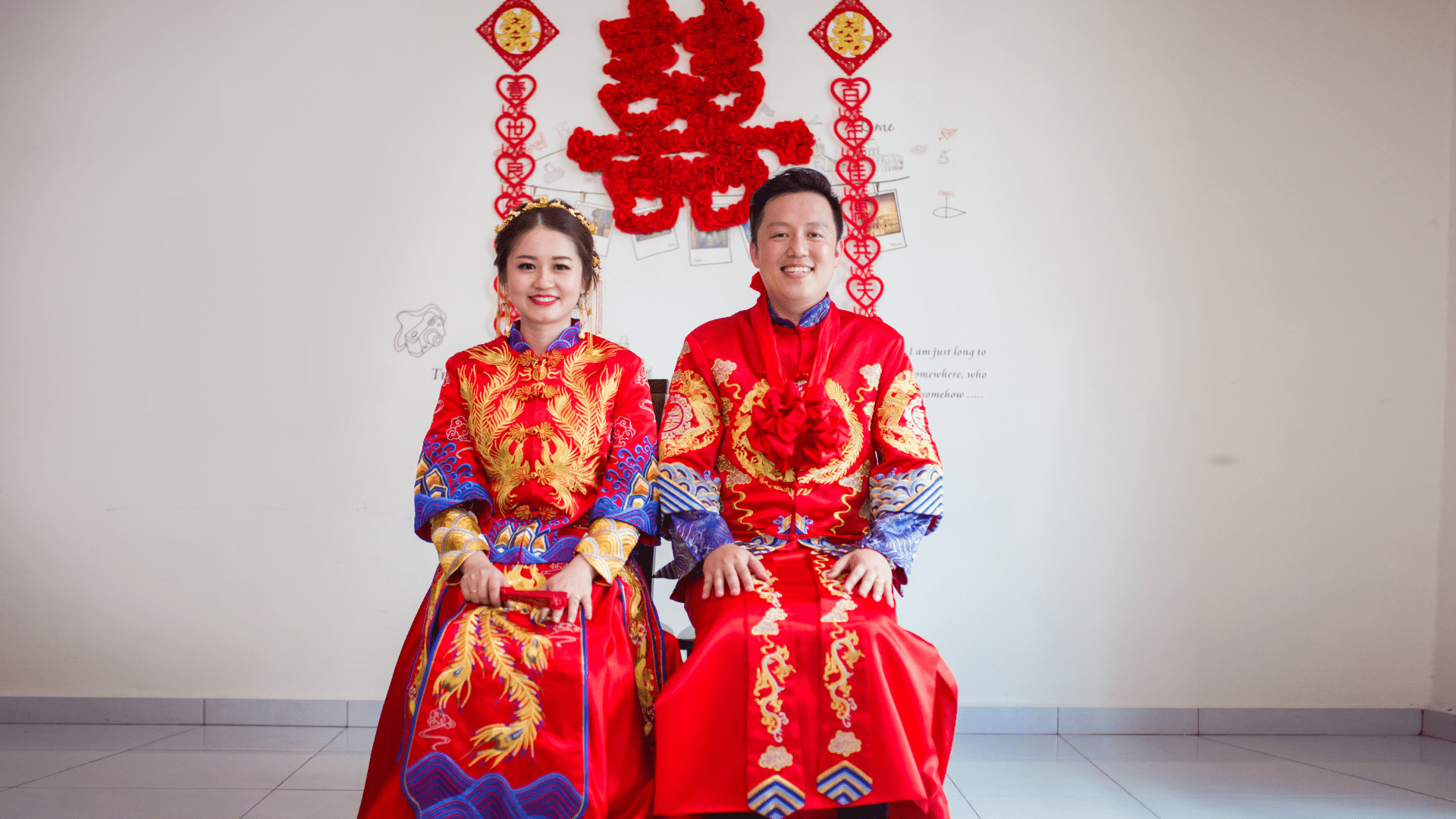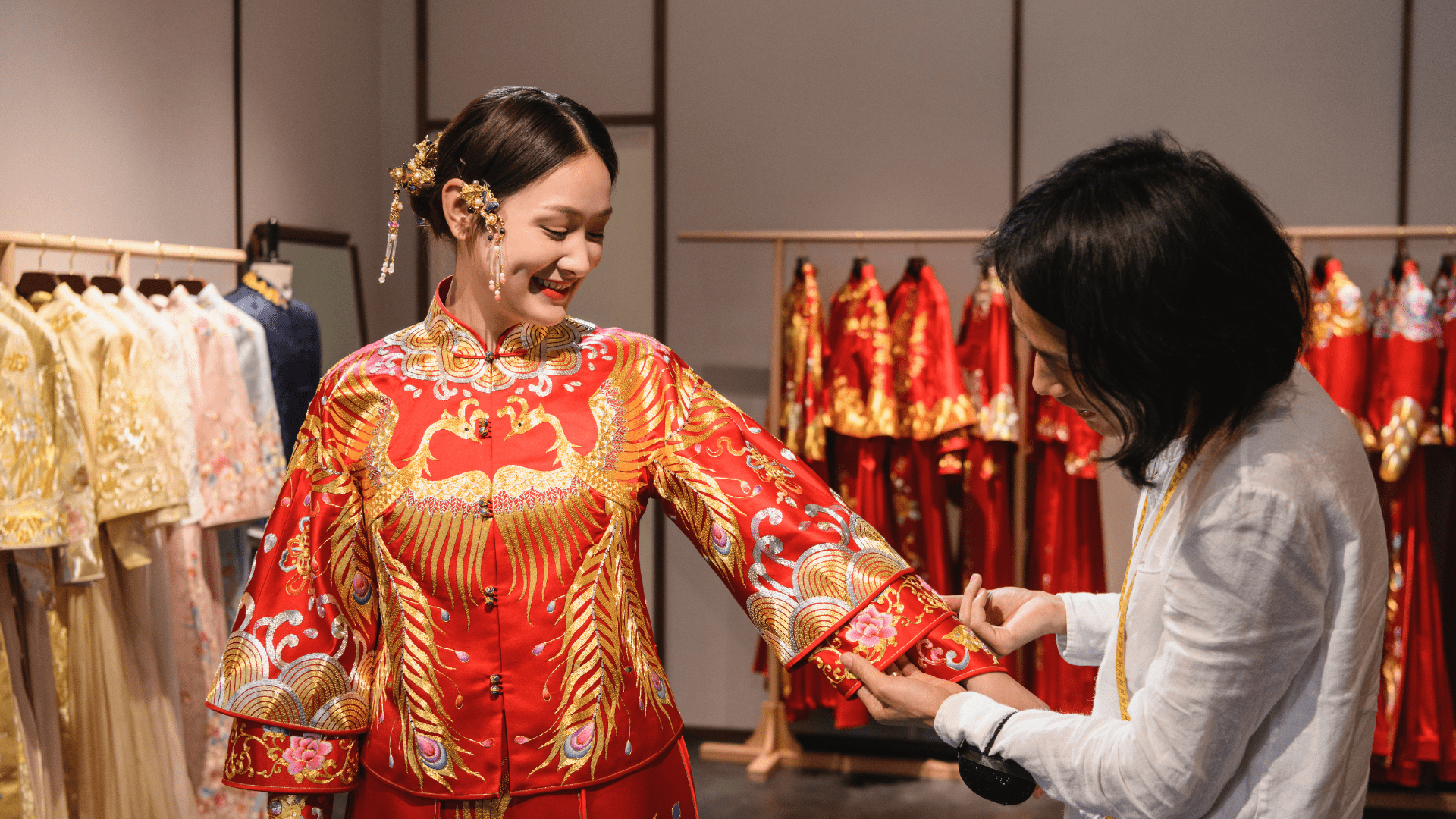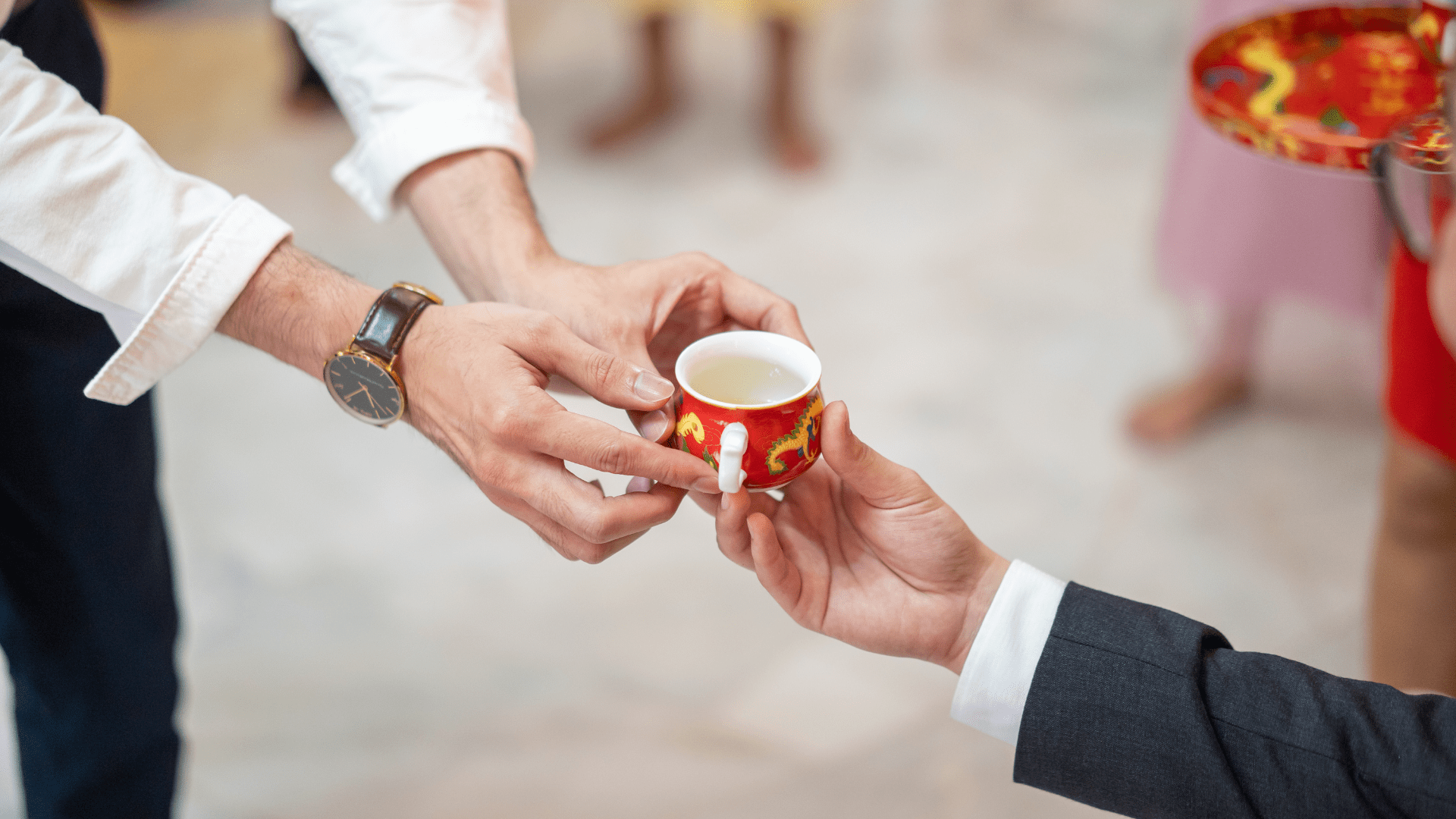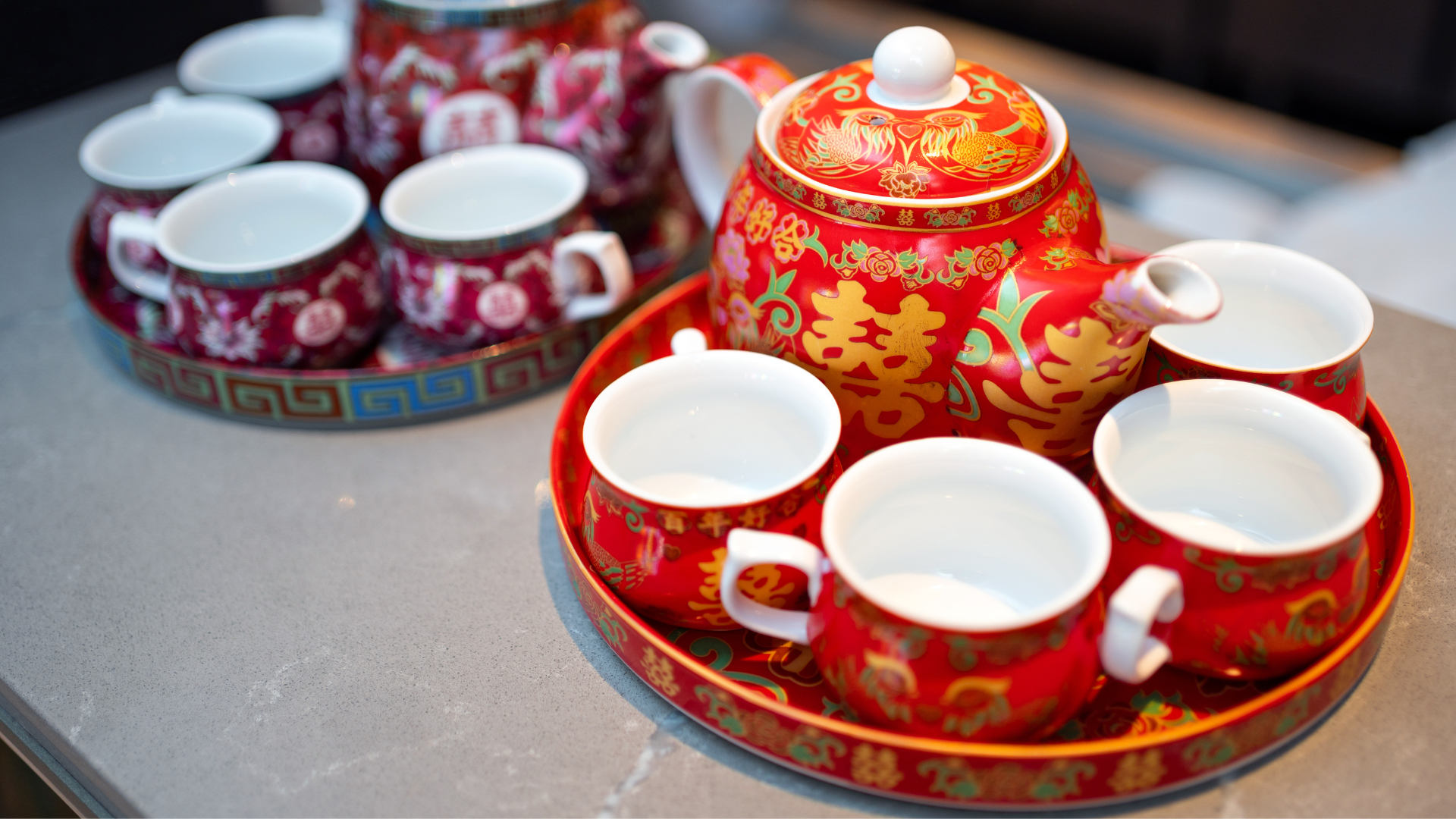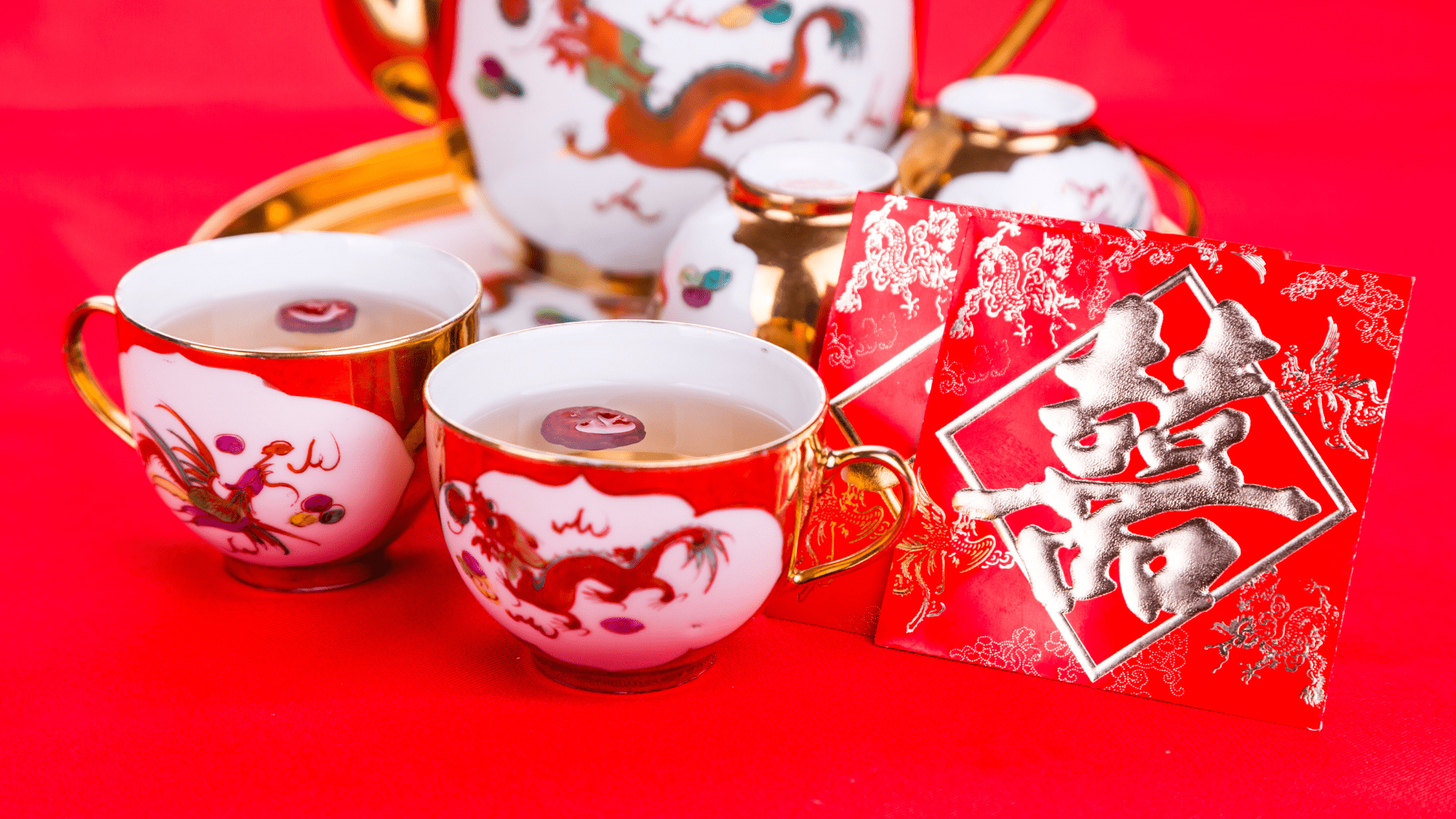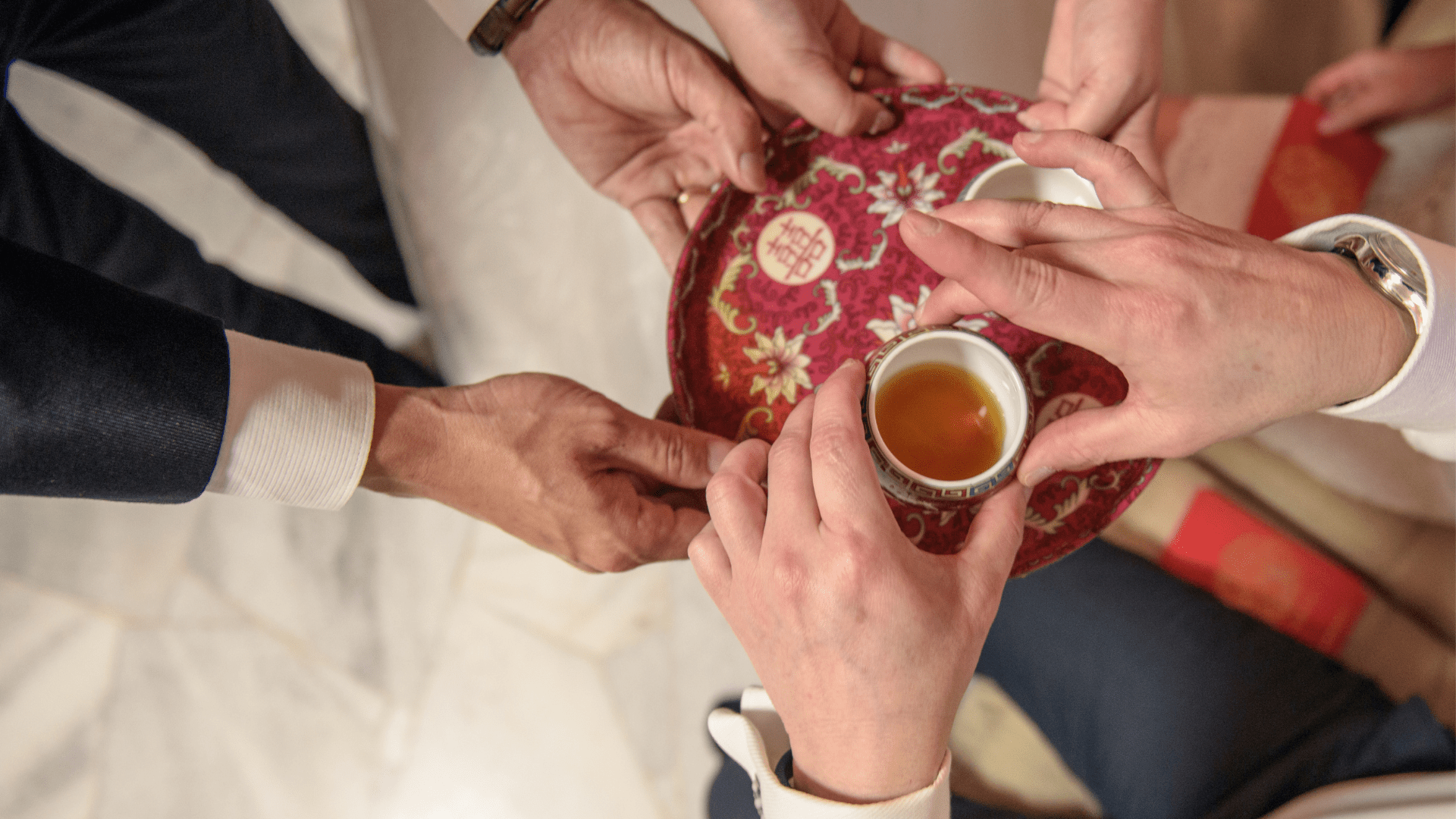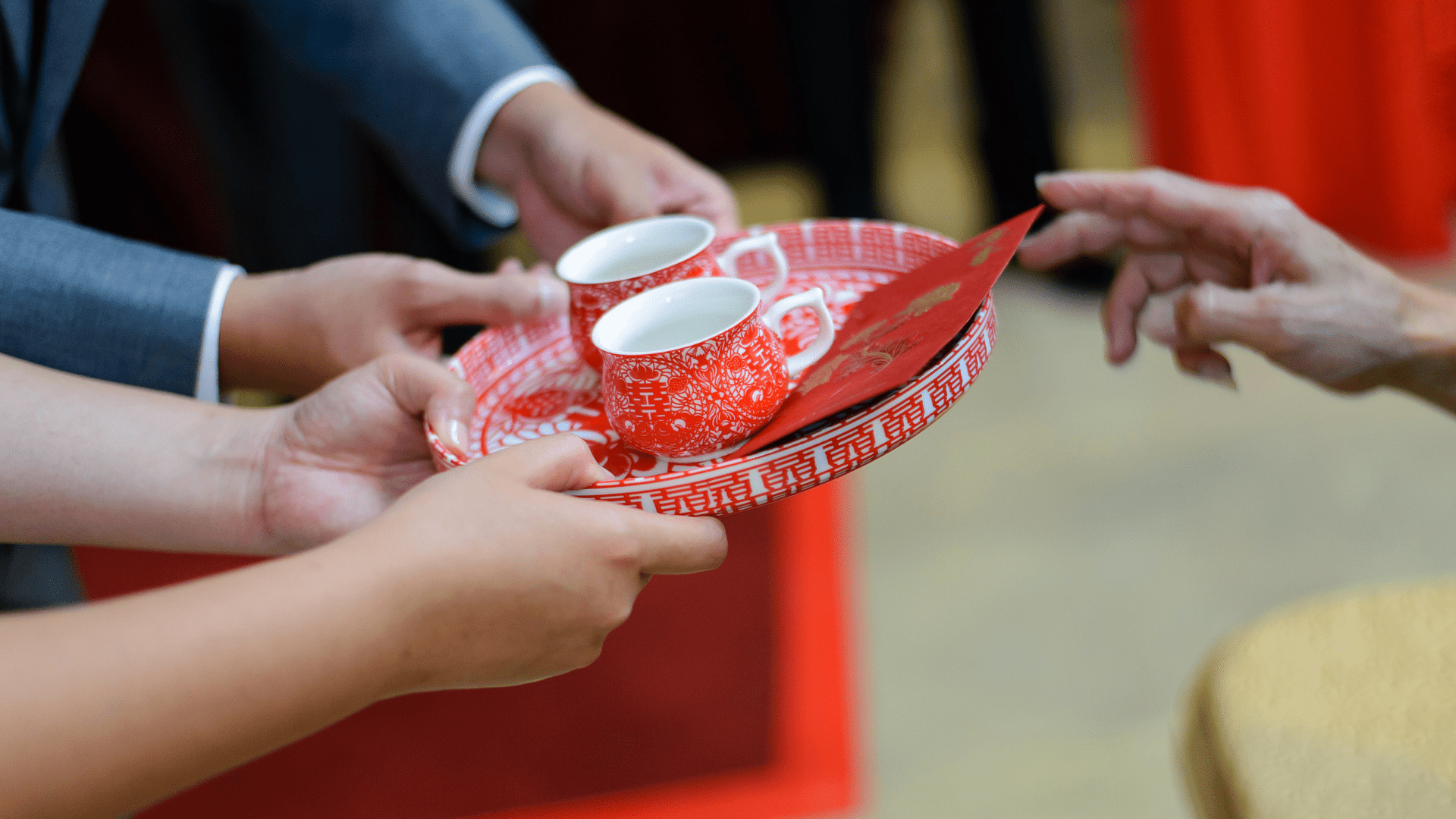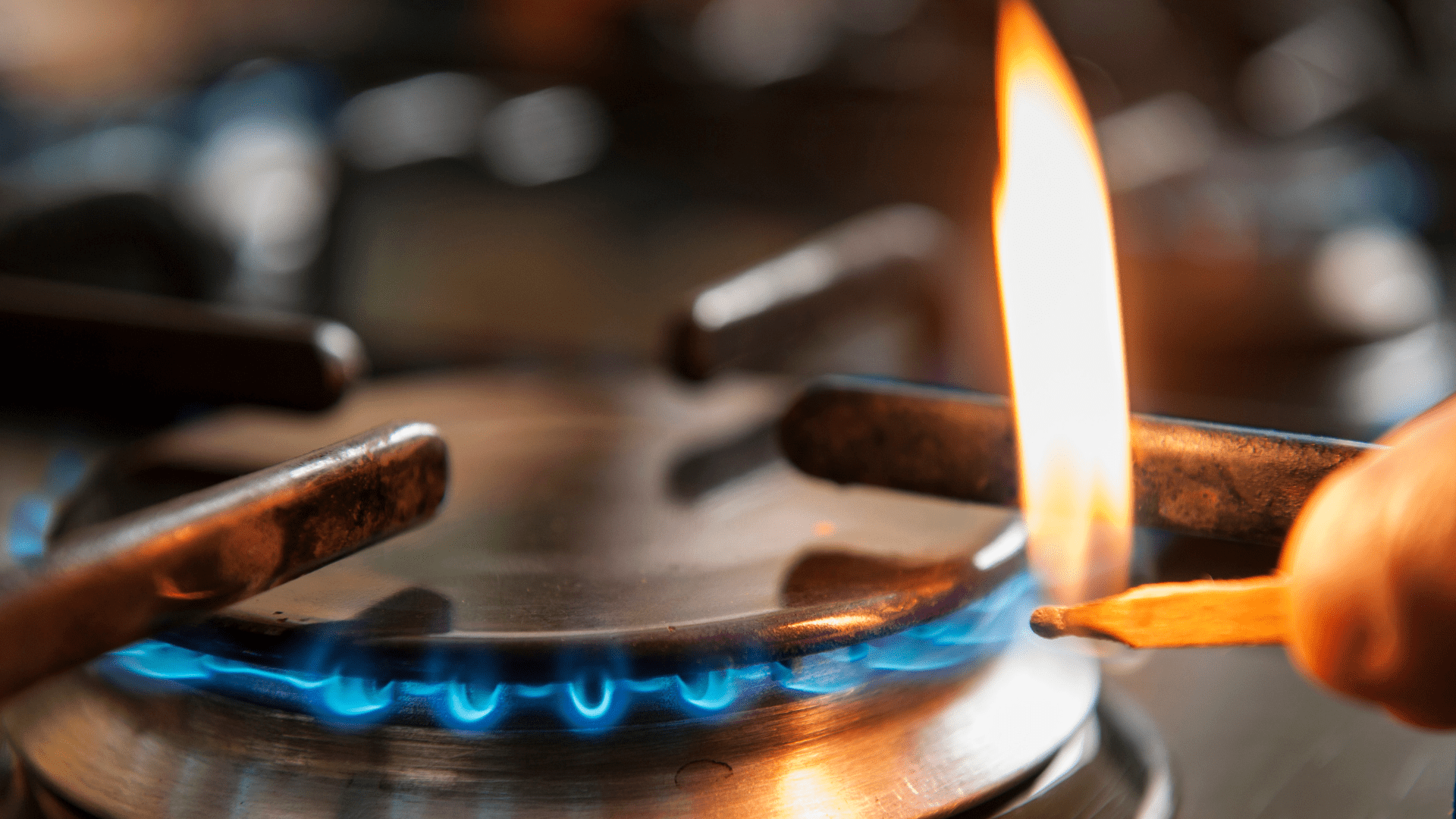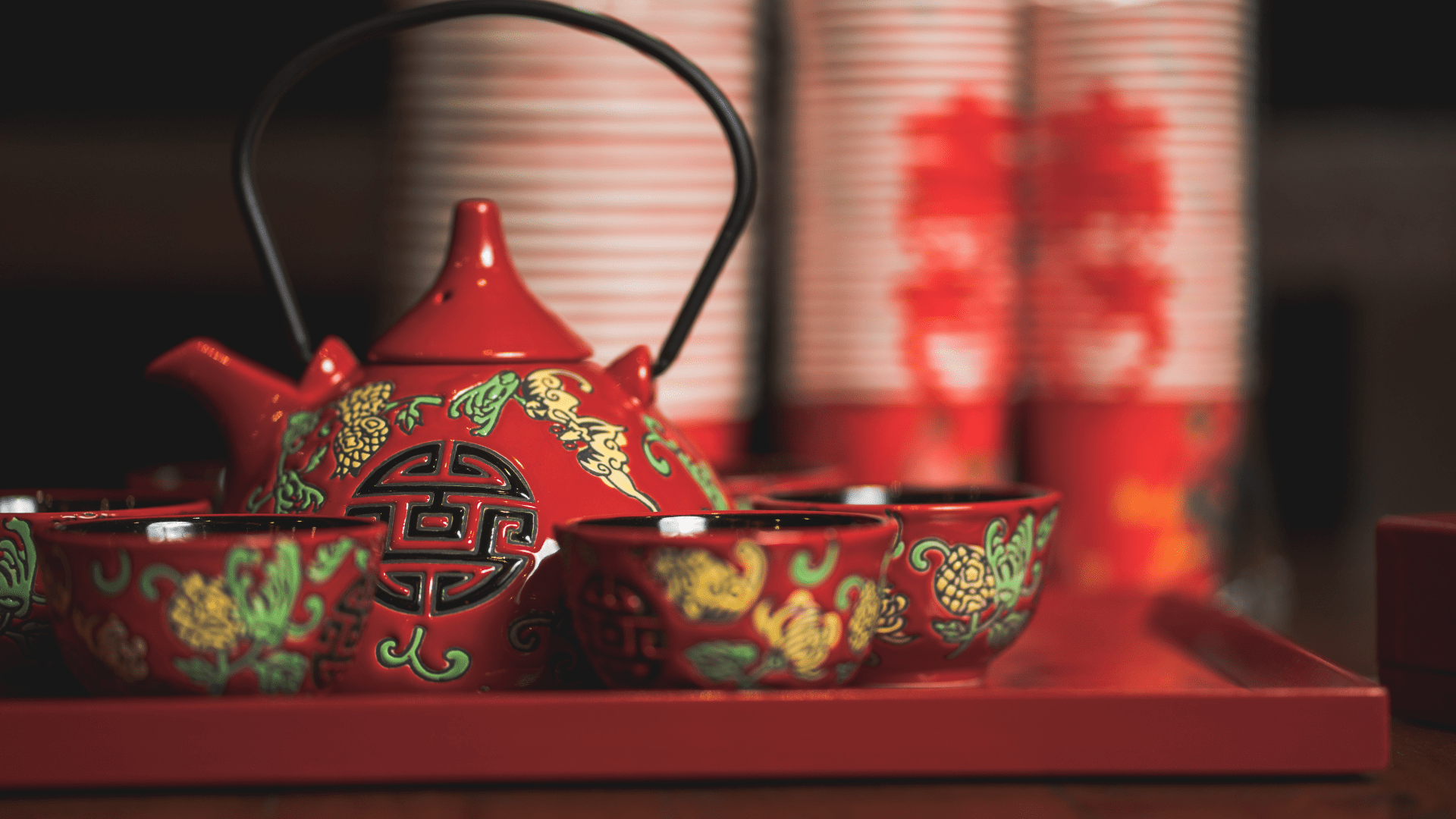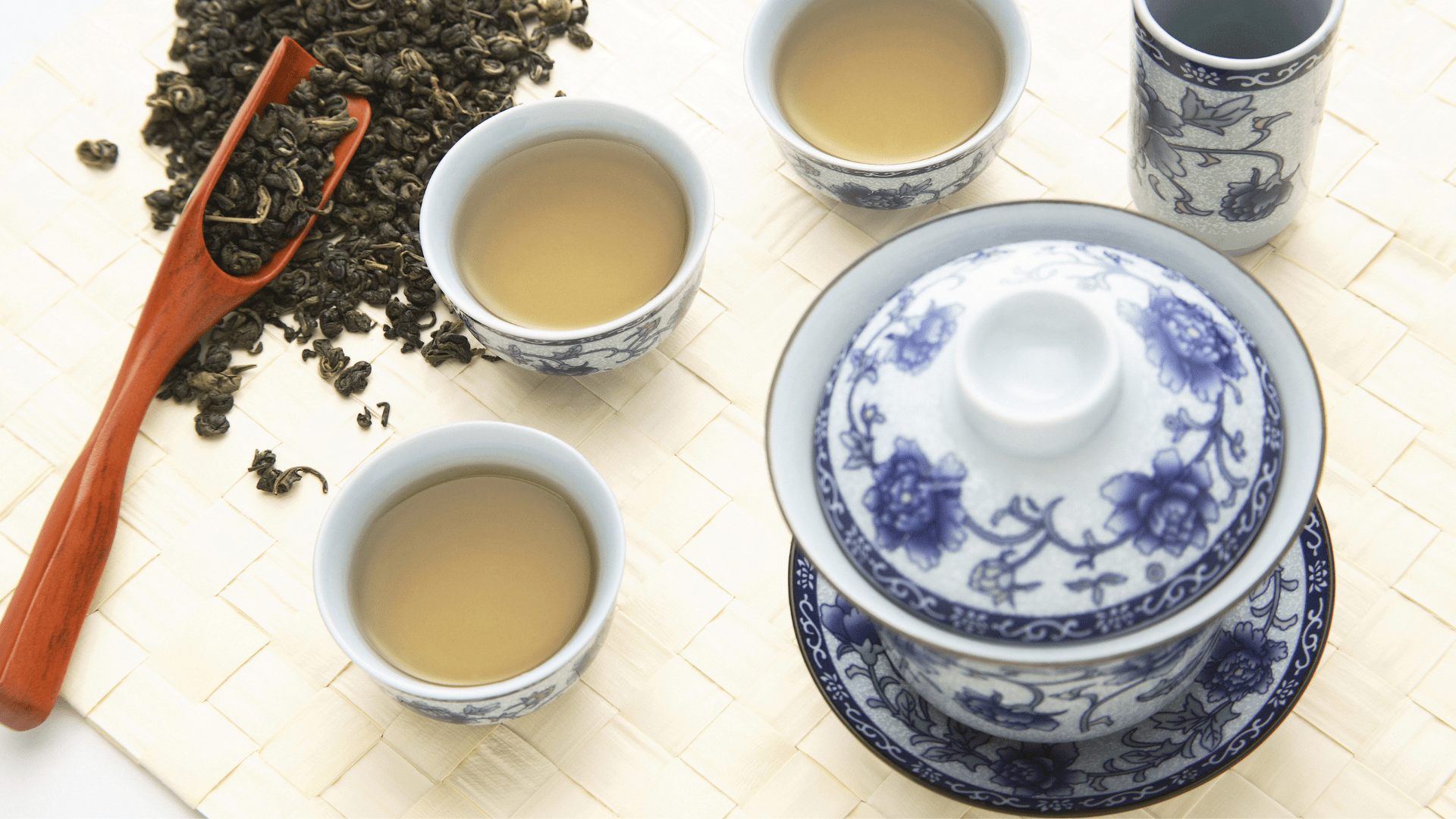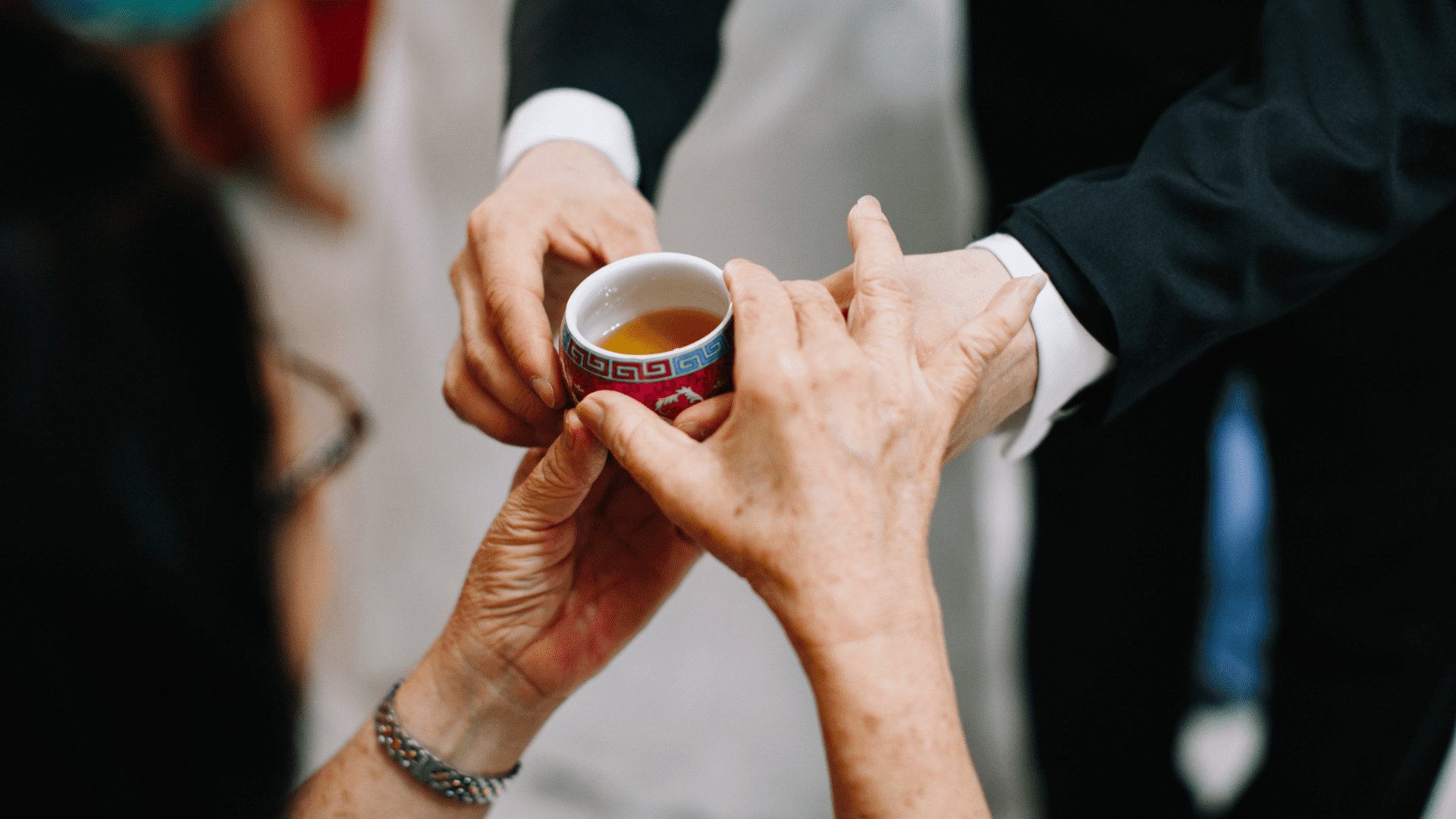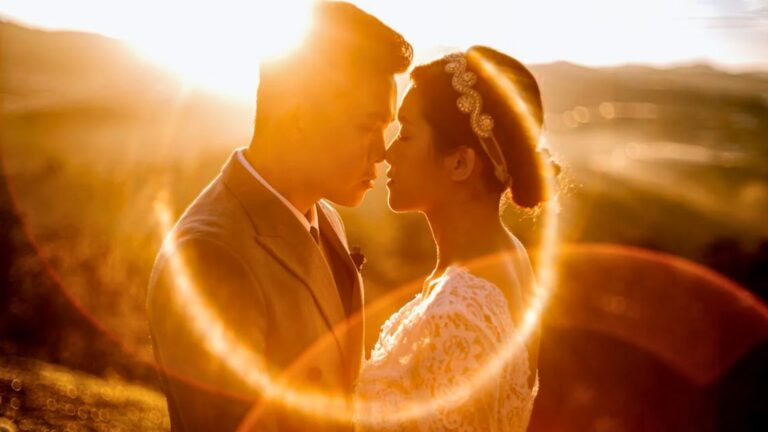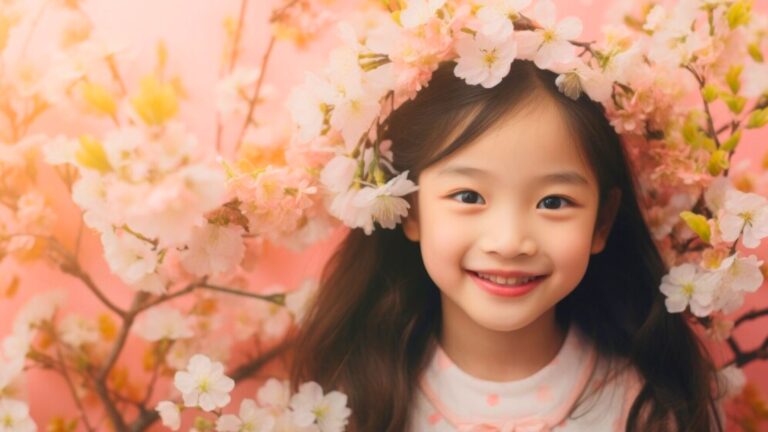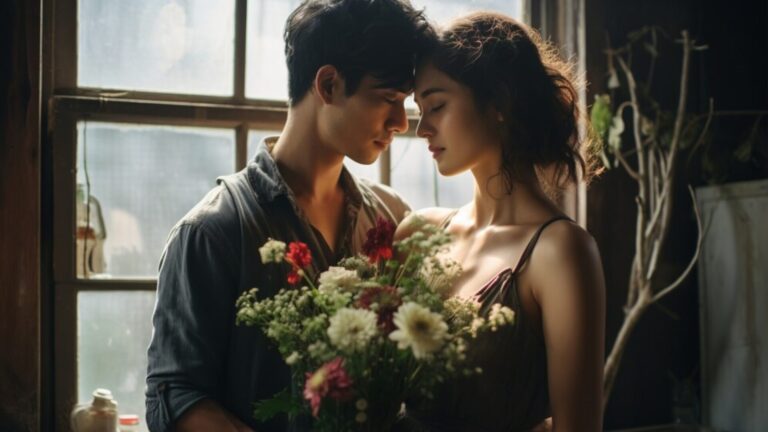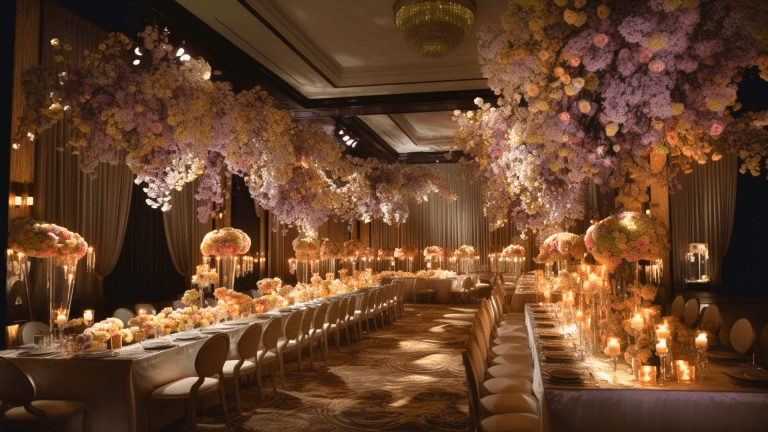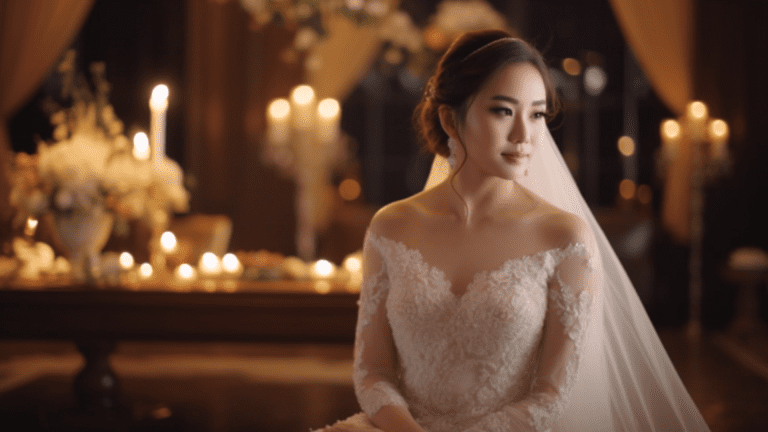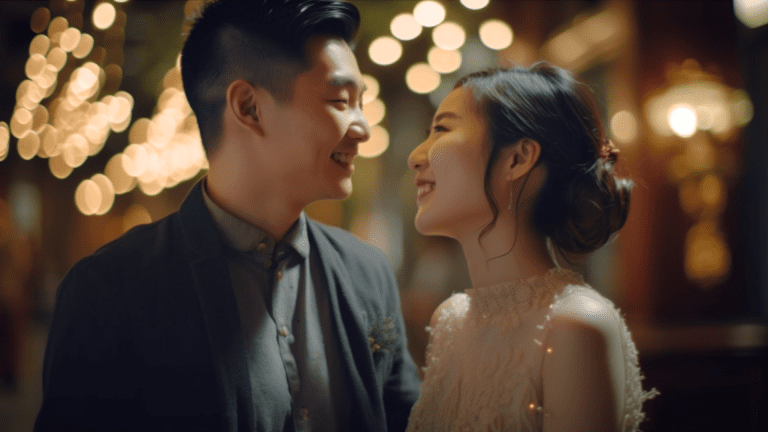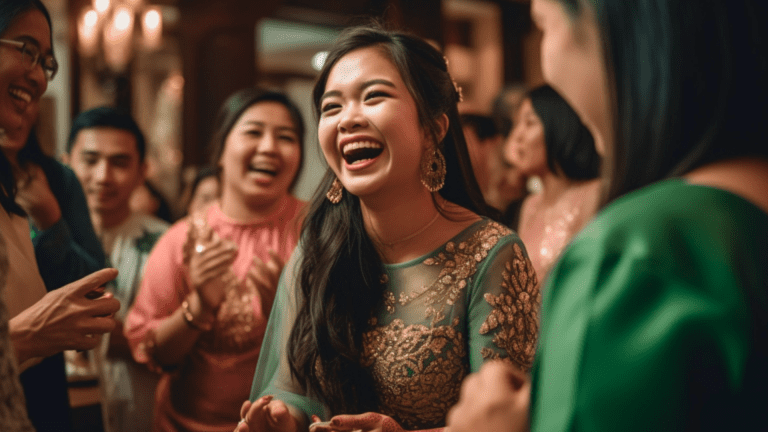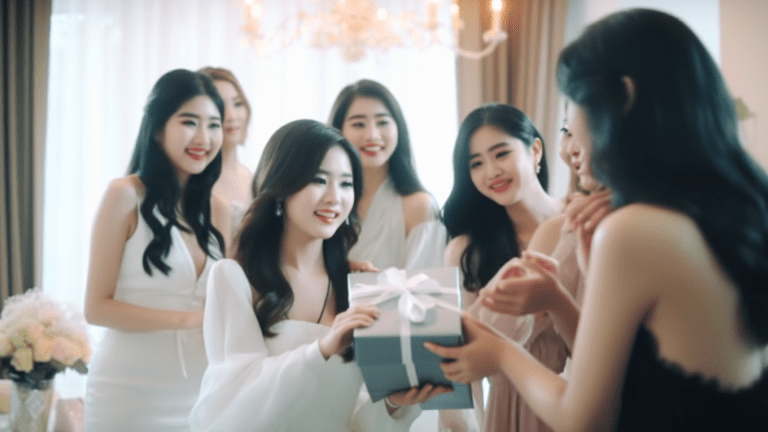You’re finally getting married – congratulations! As a Malaysian Chinese couple, you want your wedding to honour rich cultural traditions. A colourful tea ceremony is a perfect way to celebrate your heritage while bringing friends and family together. Steeped in symbolism, the Chinese tea ceremony represents the joining of two families and the start of your new life together.

Fragrant chrysanthemum tea, sweet lotus seeds, and other treats await your guests. You and your new spouse will serve each guest tea in their finest traditional outfits while exchanging meaningful gifts. The vibrant red décor, from lanterns to tablecloths, signifies good luck, fortune and joy. Meaningful gestures like tapping two fingers on the table to say “thank you” in Cantonese add charm.
With a nod to the past and an eye on the future, the tea ceremony honours where you came from and who you’re becoming. As you sip tea together for the first time as husband and wife, you’ll feel deeply connected to your cultural heritage. What a perfect way to begin your new adventure as a married couple! A colourful celebration of your Malaysian Chinese wedding awaits.
The Significance and Symbolism of Chinese Tea Ceremony
A traditional Chinese tea ceremony is a colourful and meaningful way to celebrate your wedding. As a focal point of many Chinese weddings, the tea ceremony symbolizes the union of two families and the start of your new life together.
The tea ceremony allows you to honour your elders and show gratitude for those who raised you. Kneeling before your parents and in-laws, you serve them tea as a sign of respect and to ask for their blessing. In return, they will give you gifts of jewellery or money to wish you prosperity in your marriage.
Steeped in symbolism, every part of the ceremony has meaning. The tea, usually an oolong or pu’er, represents harmony and fertility. The teapot, cups and tray are often red, the colour of joy and good fortune. Offering sweets with tea signifies the sweetness of marriage.
What a perfect way to honour your heritage and embark on this new chapter surrounded by the love and support of friends and family! To prepare, the bride dons an ornate red qipao while the groom wears a traditional changshan suit. You will greet your guests with smiles and bows and kneel to present tea to your elders. They will drink the tea, embrace you and offer words of wisdom and blessing.
A colourful tea ceremony is a wonderful addition to any wedding. Steeped in cultural significance, it allows you to show gratitude for your roots and seek guidance for the journey ahead. A new adventure awaits, my friends, so drink up! Here’s to a lifetime of happiness and harmony.
Preparing for the Tea Ceremony: Dress Code and Etiquette
Congratulations, you’re getting married! Now it’s time to prepare for one of the most memorable parts of a traditional Chinese wedding – the tea ceremony. This colourful celebration is rich in culture and symbolism.
For the bride, wear a stunning red cheongsam, a traditional Chinese dress. Red symbolizes good luck and joy. For the groom, dress in a suit or tux. Parents and elders should also wear formal attire.
When greeting your elders, bow and address them formally as a sign of respect. Offer a warm smile, make eye contact, and thank them for attending your special day.
The tea ceremony begins by serving tea to your parents and elders. Kneel in front of them as a gesture of gratitude and filial piety. Pour the tea over their hands into a bowl as a symbolic gesture of pouring out your blessings. Offer them dried longans, red dates and lotus seeds as a sweet treat.
After serving tea to your elders, you may serve tea to your wedding guests. Explain the significance and meaning behind each step of the ceremony. Your guests will surely appreciate learning about this meaningful tradition.
The tea ceremony is a visual and culinary delight with beautiful outfits, symbolic gestures, and delicious treats. Follow these tips and have a smooth, memorable tea ceremony and wedding day. Best wishes to you both! May your marriage be filled with prosperity and joy.
The Flow and Procedure of the Traditional Chinese Tea Ceremony
The traditional Chinese tea ceremony is a colourful and meaningful part of a Malaysian Chinese wedding. Steeped in cultural tradition, the tea ceremony allows the new couple to honour their families and elders.
The Setup
The ceremony occurs at the groom’s house, where a table is set up with special tea, fruits, and sweets. The bride and groom, dressed in traditional red attire, kneel on cushions on either side of the table. Parents and elders are seated around the table.
The Tea Making
The groom begins by adding tea leaves to the teapot while the bride adds boiling water. As the tea steeps, the couple offers nuts and sweets to their parents and elders as a sign of gratitude and respect.
Serving the Tea
Once the tea has been brewed, the bride and groom pour the tea into cups and serve them to their parents and elders. The elders take a sip of the tea, signalling their acceptance of the new couple. The bride and groom drink from the same cup, symbolizing their new shared life.
Gifts and Red Envelopes
After drinking the tea, the parents and elders present the new couple with jewellery, money, or advice to bless the marriage. Red envelopes containing money or vouchers are also given as a wish for good fortune and prosperity.
The tea ceremony is a time-honoured ritual that allows the new couple to honour their cultural roots and bring their families together. By following the proper flow and procedure, the bride and groom show reverence for tradition while celebrating the beginning of their new lives as a married couple. The gifts, blessings and well wishes received during the ceremony will be cherished for years.
Getting a Chinese wedding style for your future wedding? Click here to talk with our expert now!
Meaningful Gestures and Movements
The tea ceremony is filled with meaningful gestures and movements. As the bride and groom, you’ll get to express your love and devotion to each other through a series of symbolic acts. How romantic!
Lighting the Stove
The groom lights the stove to boil the water. This shows his ability to provide warmth and care for his new wife. The red colour of the stove also symbolizes good luck, joy and happiness in the marriage.
Washing the Tea Utensils
The bride washes the tea utensils like the teapot and tea cups. This represents her diligence and thoughtfulness as a new wife in keeping the household clean. The groom may help dry the utensils, demonstrating teamwork in the relationship.
Brewing the Tea
The groom scoops tea leaves into the teapot while the bride pours in hot water. Together you’ll brew the perfect cup of tea, just like you’ll work as a team to build a happy marriage. The tea itself signifies the harmony between husband and wife.
Serving the Tea
The bride first serves tea to the groom’s parents to show her respect. The groom then serves the bride’s parents. Finally, the bride and groom serve tea to each other. What a touching moment to express your love and commitment to one another! This displays your care, devotion and esteem for your new extended family.
A tea ceremony is a meaningful way to start your new life together. Every step highlights the love, respect and partnership you share as husband and wife. Your guests will surely be moved by the tender moments and deep symbolism. This colourful tradition will make your wedding day even more memorable and poignant. Congratulations! Here’s to a lifetime of happiness.
FAQs: Your Questions About Chinese Tea Ceremony Answered

Q1: What is a Chinese tea ceremony?
A Chinese tea ceremony is an important part of a traditional Malaysian Chinese wedding. It’s a symbolic ritual where the bride and groom serve tea to their parents and elders as a sign of respect and gratitude. The tea ceremony usually takes place on the morning of the wedding day at the bride’s home.
Q2: Why is the tea ceremony important?
The tea ceremony is a time-honoured custom honouring your family and cultural heritage. It allows you to express your gratitude and pay respect to your parents and elders who have loved and supported you over the years. Serving the tea is a symbolic gesture to show your care, filial piety and appreciation for all they have done in raising you.
Q3: What happens during the tea ceremony?
Lots of meaningful moments! Some highlights:
- You and your spouse-to-be will don traditional Chinese wedding attire.
- You will kneel before your parents and elders as you serve them tea.
- They will drink the tea, then give you their blessing and red envelopes with money or jewellery.
- You will serve tea to your groom/bride’s parents to symbolize the union of two families.
- An MC will announce the significance of each step in the ceremony.
- Guests will take photos and videos to capture these heartfelt moments.
Q4: How should we prepare?
- Practice the proper kneeling and serving techniques beforehand. Ask your parents or a wedding planner to guide you.
- Choose a meaningful tea set and decorations. A lotus tea set is popular as lotuses symbolize purity, harmony and fertility.
- Select a high-quality Chinese tea like pu’er, oolong or chrysanthemum tea. The tea should be mild in flavor, so the focus remains on the ceremony.
- Dress in traditional Chinese wedding attire according to your family’s customs. Make sure your outfit is tailored correctly and fitted.
- Invite your close family members and elders to participate in the tea ceremony. Explain the significance of each step to your non-Chinese guests.
The Chinese tea ceremony is a timeless wedding tradition you and your guests will surely cherish for years. By honouring your roots and showing gratitude to your loved ones, you’ll start your new chapter of married life with their blessing.
Conclusion
You’ve learned about the colourful traditions and symbolism in a traditional Chinese tea ceremony. As you plan your special wedding day, consider memorising this meaningful ritual to honour your cultural heritage. Your guests will surely appreciate glimpsing into this time-honoured custom that has brought people together for generations. Most of all, the tea ceremony will allow you and your new spouse a quiet moment to reflect on your journey together, appreciate each other fully, and look ahead to the adventures yet to come. A perfect ending to your wedding celebration and the perfect beginning of your new life together. Go forth and celebrate!
FAQ
A Chinese tea ceremony is a symbolic ritual in a traditional Malaysian Chinese wedding where the bride and groom serve tea to their parents and elders as a sign of respect and gratitude.
The tea ceremony is important as it allows the couple to express gratitude, respect their parents and elders, and honour their family and cultural heritage.
During the tea ceremony, the couple dons traditional Chinese wedding attire, kneels before their parents and elders, serves them tea, receives blessings and red envelopes, and symbolizes the union of two families.
To prepare for a Chinese tea ceremony, practice the kneeling and serving techniques, choose a meaningful tea set and decorations, select high-quality Chinese tea, dress in traditional Chinese wedding attire, and invite close family members and elders to participate.
Meaningful gestures and movements in a Chinese tea ceremony include lighting the stove to symbolize warmth and care, washing the tea utensils to demonstrate diligence, brewing the tea together to signify teamwork, and serving tea to parents and elders to express respect and commitment.

